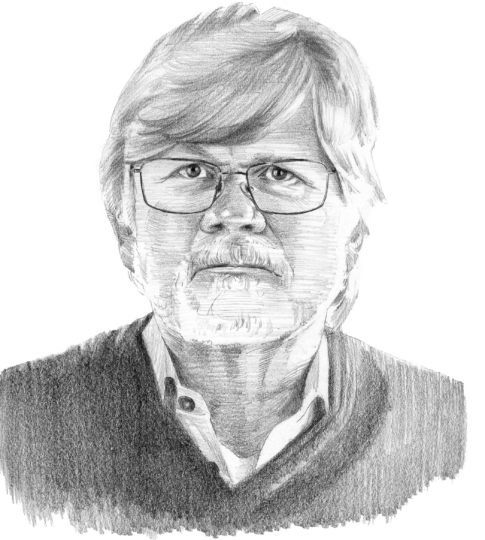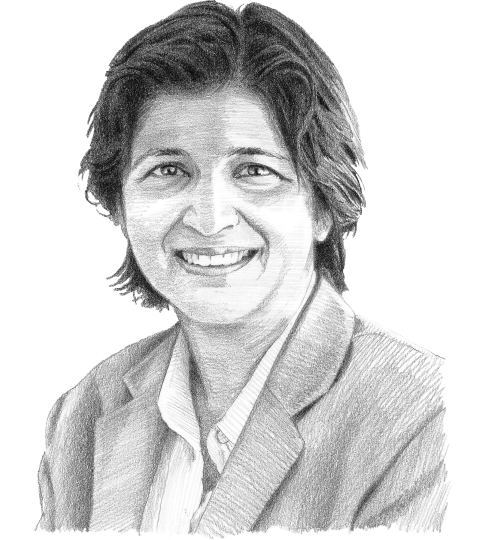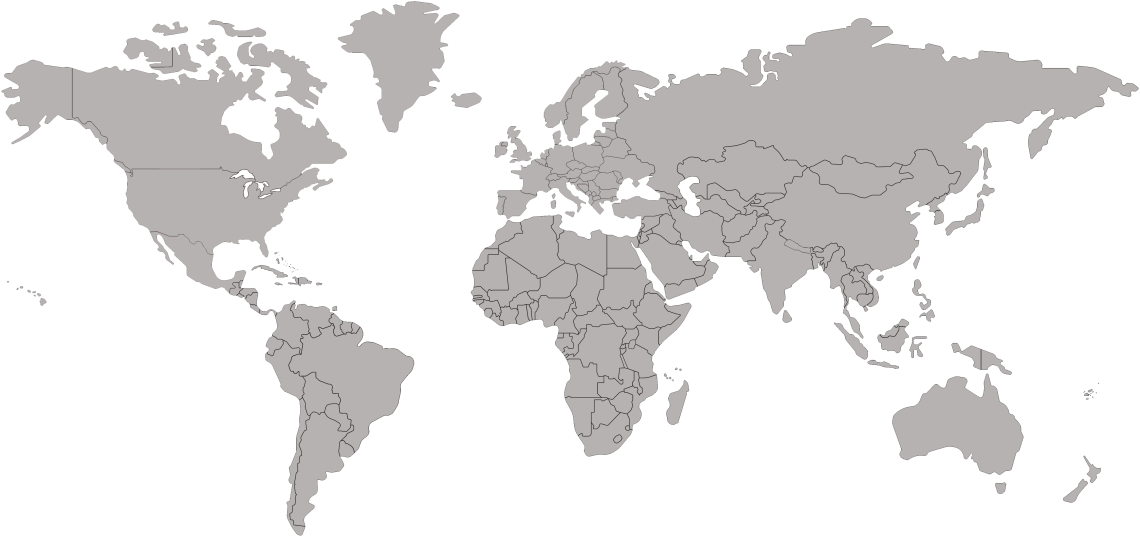
Regions
GIS reports provide insight into the geopolitical trends that are critical for decision-makers to understand. Typically, these are written by experts based in the region concerned who are able to provide the latest on the ground intelligence. Focusing on politics, defense, energy and economics, they are published daily in English.
Europe
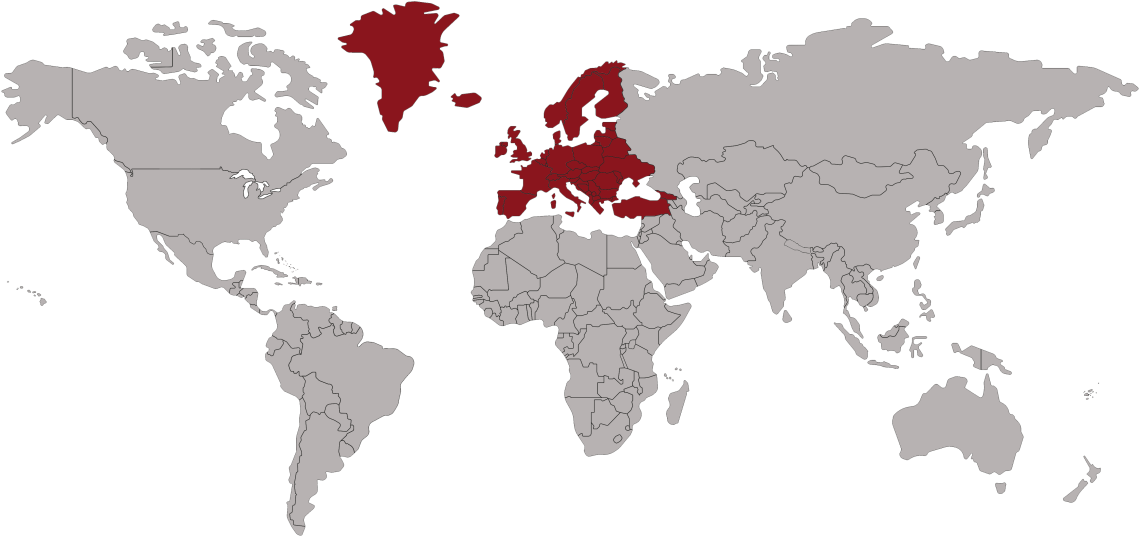
Geographically, Europe is not a continent. However, the area is bonded by common historical and religious heritage. Through a combination of its Roman-law legacy and Christianity, Europe developed a culture of individualism and self-responsibility that allowed the area’s staggering economic and scientific development over the last 300 years. As a result, the European system spread across the globe.
The rise and fall of Russia’s Gazprom
Geopolitical facts arrive in Europe
Turkey’s role in the European defense pillar
China increasing its bets on Hungary and Serbia
View all reports for this region.
Russia/Central Asia
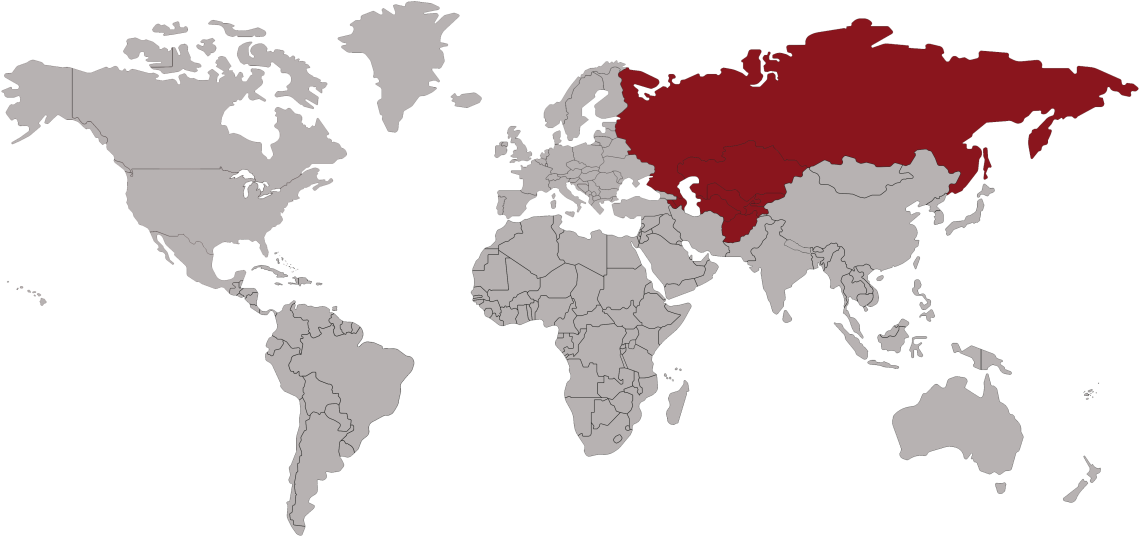
This area covers most of the north Eurasian landmass, excluding territories commonly regarded as belonging to Europe. The core of this region is Russia, which has exerted a strong influence for centuries. The Soviet Union’s collapse allowed several new states to emerge. Other parts of this region are the Caspian basin, Central Asia and Mongolia.
Russia turns to China to develop its Far East
The rise and fall of Russia’s Gazprom
China, Russia and 23 others: Challenging the global system
The Russian strategy in the Mediterranean
View all reports for this region.
North America
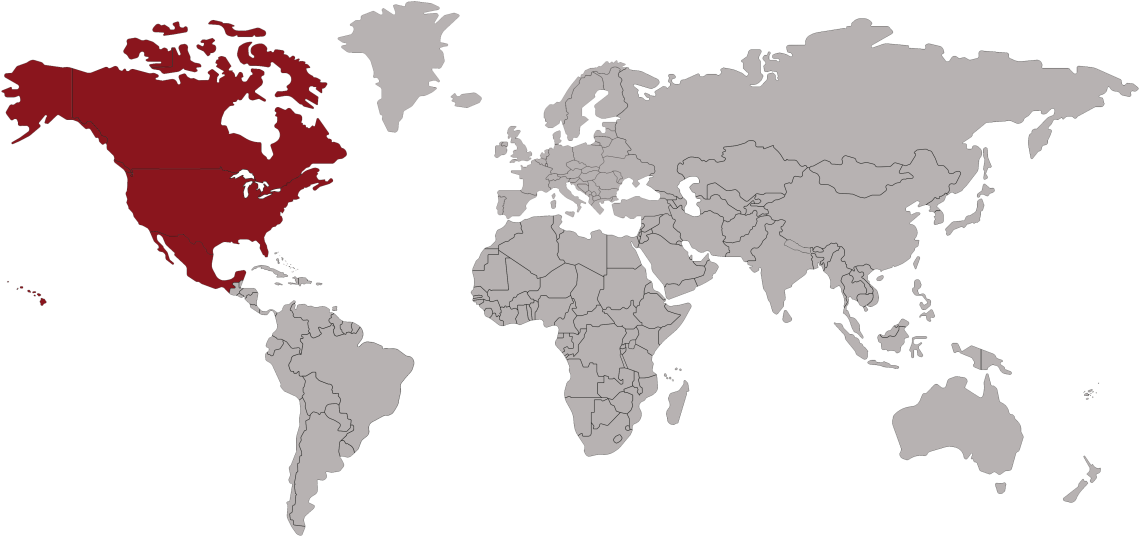
The three countries that cover almost 90 percent of North America – the United States, Canada and Mexico – are economically very closely intertwined. The U.S. has the dominant position. It is the world’s largest economy and strongest military power. Shielded by oceans to the east and west, it projects influence globally. The continent is so rich in natural resources that it is practically self-sufficient.
Fiscal pressures are back. What have policymakers learned?
The changing nature of naval power in the Pacific
A new Monroe Doctrine for the Western Hemisphere?
The EU needs to stop harassing tech giants
View all reports for this region.
South/Central America
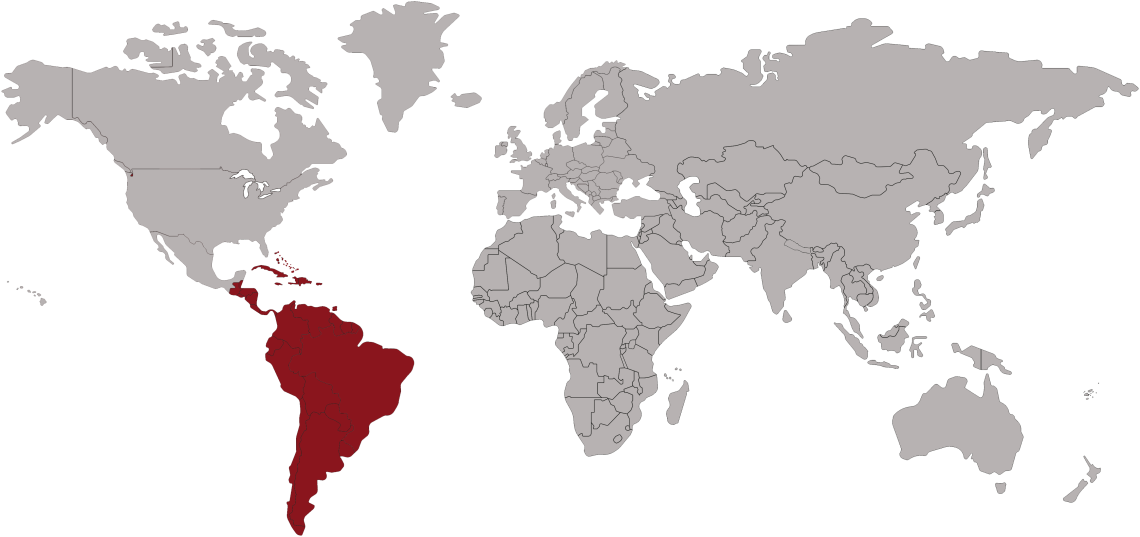
Like North America and Africa, the region is blessed with ample natural resources, water and farmland. It features climatic variety and easy access to the oceans. Its countries have avoided participation in major wars. The region is plagued, however, by inefficient governance and a lack of fiscal discipline, which has led to political instability, corruption and abrupt regime changes.
U.S. influence challenged in the Southern Cone
Why Argentina might switch to the dollar
Haiti falls deeper into crisis
El Salvador’s Bukele consolidates unchecked power
View all reports for this region.
Middle East/North Africa
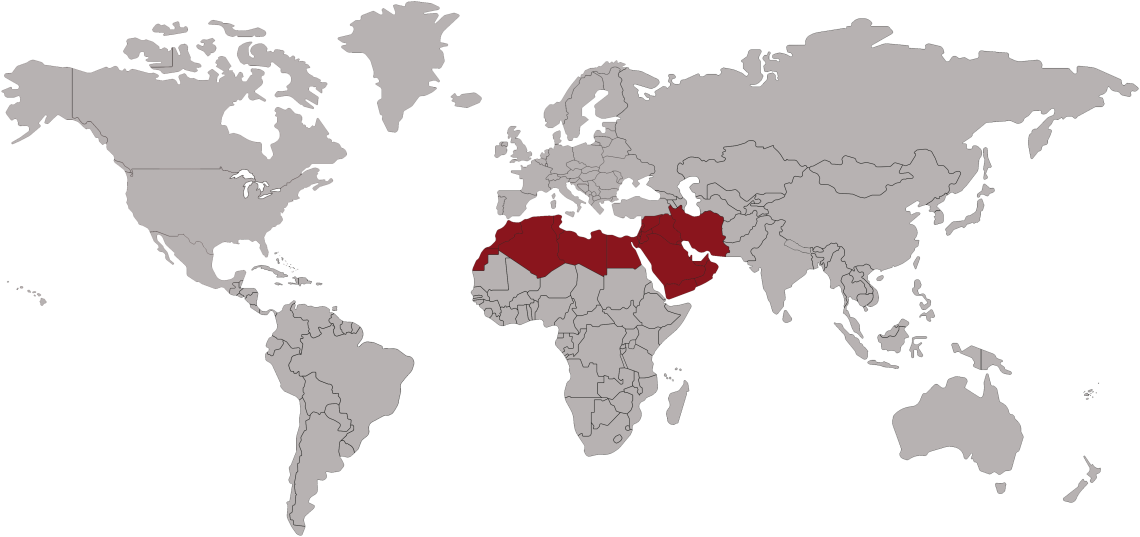
The contrast between richly endowed oil-and-gas economies and resource-poor countries is an important marker in the region. Its strategic location between the East and West, along with its energy wealth, make it vulnerable to the clashing policies and interests of local and global powers, including the United States, Europe and Russia. Foreign interventions tend to exacerbate local conflicts.
Iran’s new president is a ‘reformist.’ Will it matter?
China’s strategic evolution in the Middle East: From oil to security
The secret of Lebanon’s resilience
Jordan looking to weather new challenges
View all reports for this region.
Sub-Saharan Africa
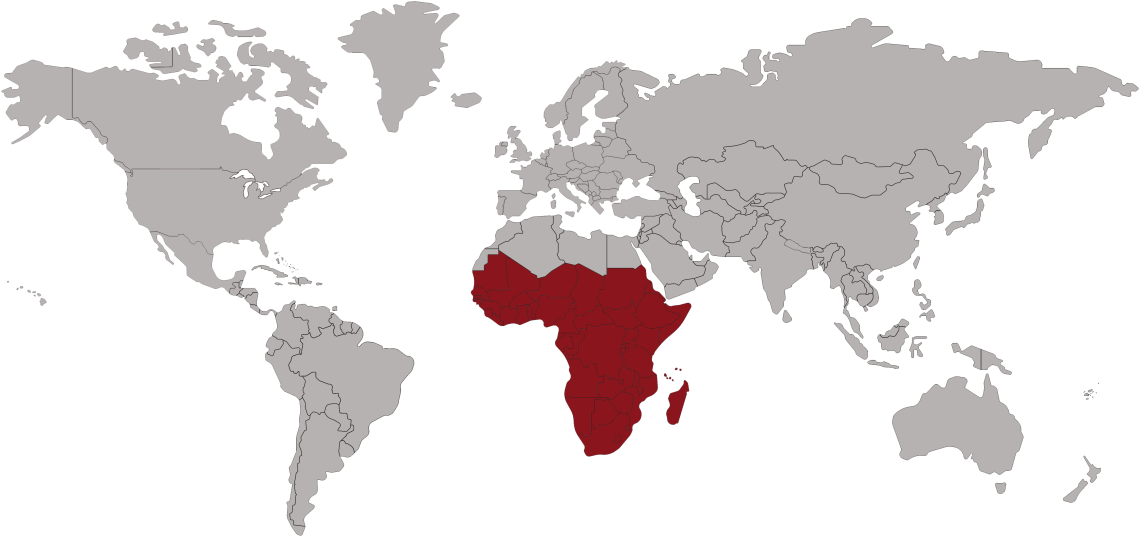
This area stretches from the Cape Verde islands on the Atlantic to the Horn of Africa on the Indian Ocean, and north to south from the Upper Nile and the Sahara Desert to the Cape of Good Hope, where the Atlantic and Indian oceans meet. The continent’s main assets are abundant natural resources and a young population.
Africa shows ESG is near an adapt-or-die moment
Kagame still holds Rwanda’s consensus together
The paradoxes of the EU’s Africa policy
Bridging Africa’s digital divide
View all reports for this region.
East Asia
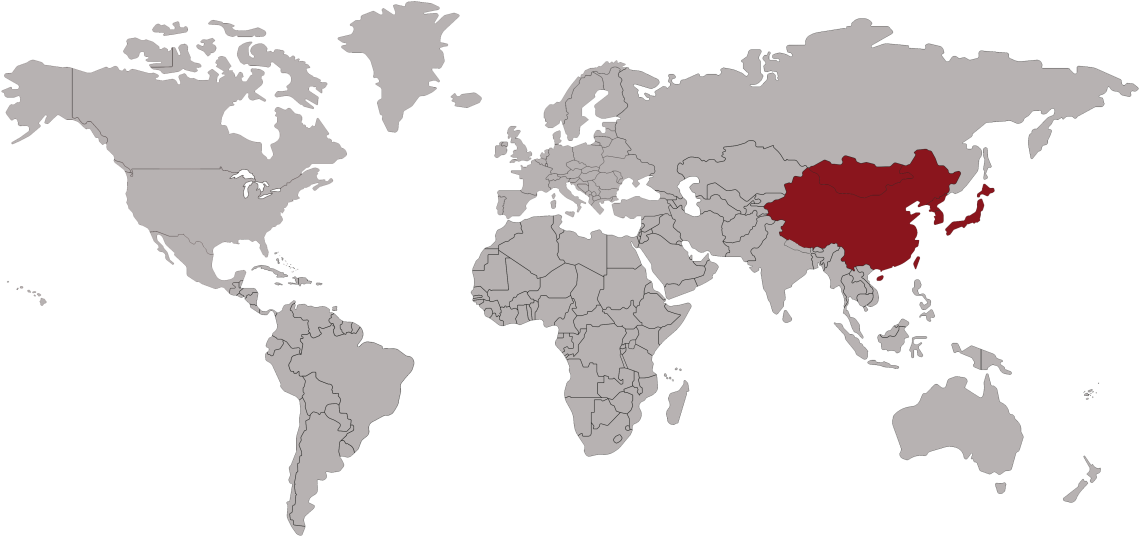
The leading power here is China, with the world’s biggest population and second-largest economy, which is now striving to establish its hegemony throughout the Pacific Rim. Taiwan, South and North Korea, and Japan are all groping for ways to resist Chinese expansion while maintaining strong economic ties with the region’s colossus.
Russia turns to China to develop its Far East
China increasing its bets on Hungary and Serbia
The changing nature of naval power in the Pacific
China’s strategic evolution in the Middle East: From oil to security
View all reports for this region.
South Asia
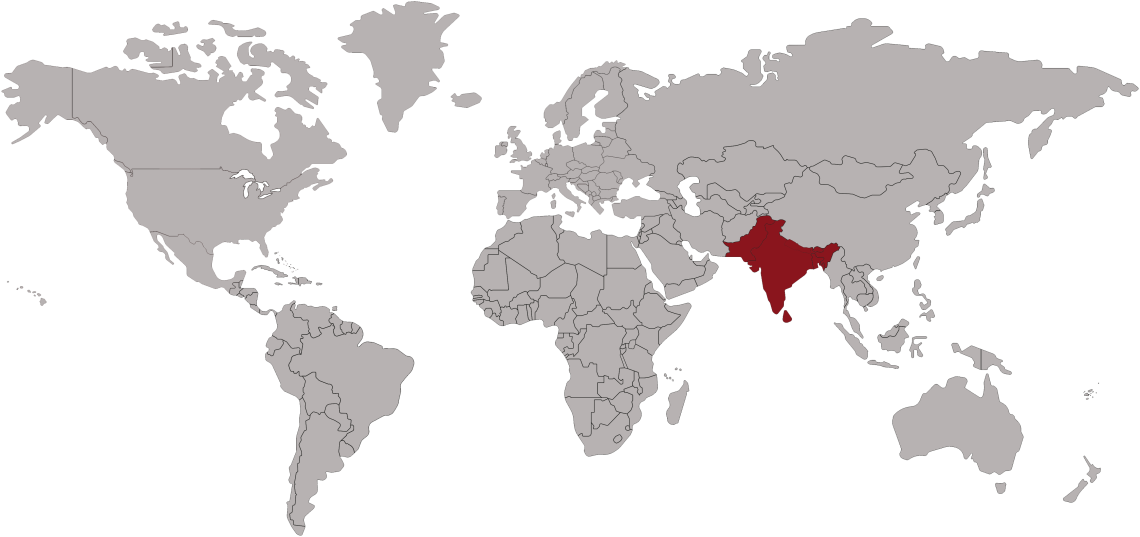
South Asia refers to the Indian subcontinent, which stretches from the Himalayas to the Indian Ocean. India, the second-largest country in the world by population, is the dominant state here, with Pakistan in the west, Bangladesh in the east, Nepal and Bhutan in the Himalaya mountains and Sri Lanka to the south. Due to higher fertility rates, India’s population will soon surpass China’s.
Evolving strategies on the India-China border
Pakistan’s perpetual crisis
The Quad eyeing Indo-Pacific security
Revolution leaves Myanmar up for grabs
View all reports for this region.
Southeast Asia/Australia
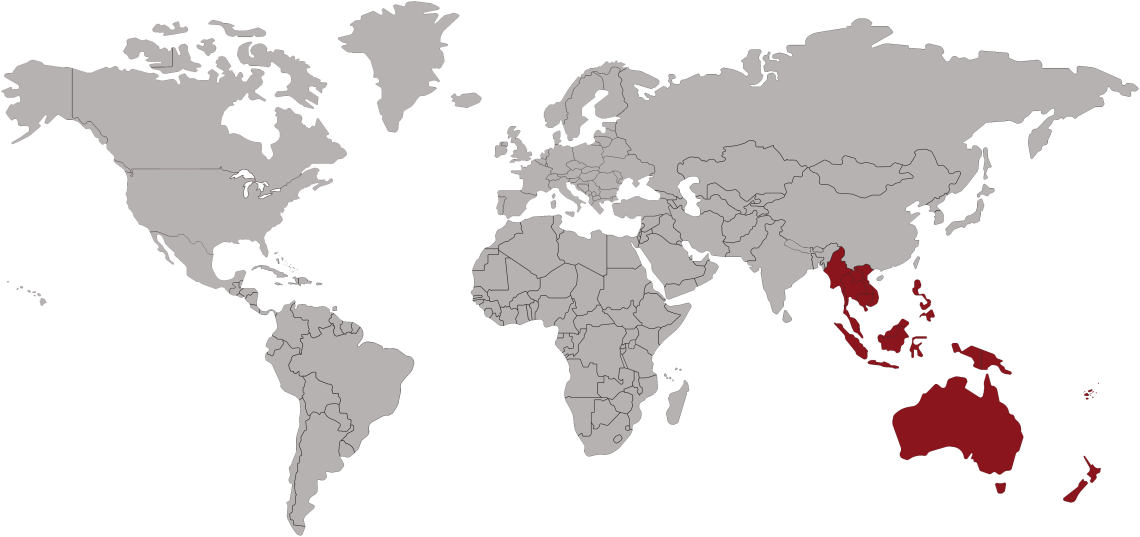
The region stretches from the Indochinese Peninsula through the Indonesian archipelago all the way to Australia, forming the dividing line between the Pacific and the Indian Oceans. This area is very diverse – geographically, culturally and historically. What the region’s countries have in common is their largest trading partner: China. Beijing’s assertive policymaking is the most important strategic issue in the region.
EU deforestation law may push Southeast Asia toward China
Indonesia’s election gives way to foreign policy challenges
Vietnam’s ‘bamboo diplomacy’ faces shifting global currents
Singapore’s foreign policy under new leadership
View all reports for this region.
Global Matters
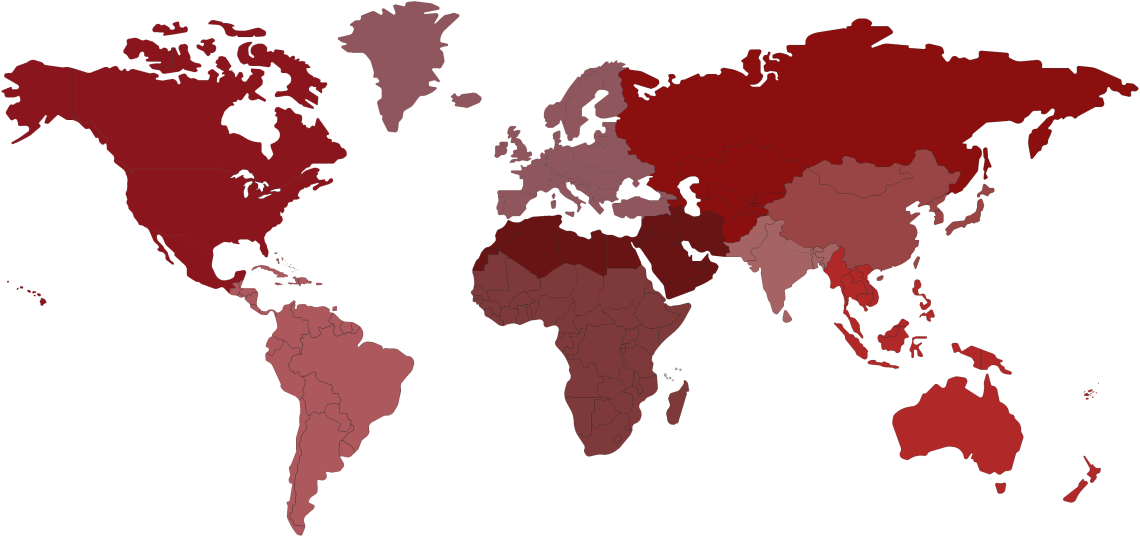
The 20th century’s international order, which installed the United States, Europe and Japan in dominant positions, is ending. New powers are emerging to challenge a system arranged within the framework of U.S. and European multilateralism. Transitional processes necessarily breed chaos and uncertainty. This is the global situation to which our economies and political systems must adapt.
What is really fueling the new gold rush?
EU deforestation law may push Southeast Asia toward China
Mental health crisis: Societal cohesion vs. economic progress
Energy security: Perceptions versus realities
View all reports for this region.
